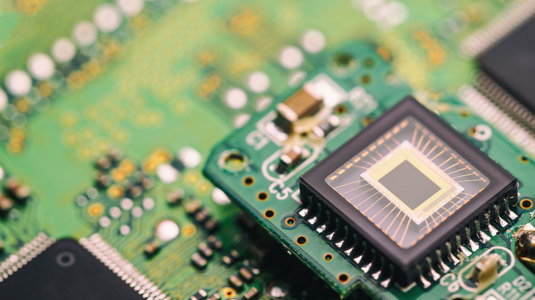Powering the Future: Exploring the Latest Technological Advancements in Industrial Lead-Acid Batteries

When it comes to industrial energy storage, lead-acid batteries have long been the go-to choice. However, these stalwart powerhouses are not resting on their laurels. In recent years, significant technological advancements have breathed new life into lead-acid batteries, making them more efficient, reliable, and environmentally friendly than ever before.
- Enhanced Electrode Designs: One of the most exciting developments in lead-acid battery technology is the optimization of electrode designs. Researchers have focused on improving the surface area and conductivity of electrodes, resulting in increased energy density and faster charging capabilities. These innovations have expanded the potential applications for lead-acid batteries in industries ranging from telecommunications to renewable energy storage.
- Advanced Electrolyte Formulations: New formulations of electrolytes have significantly extended the cycle life of lead-acid batteries. By reducing water loss and increasing the overall stability of the electrolyte, these advancements make these batteries more durable and cost-effective in the long run. This is a game-changer for industries that rely on continuous, uninterrupted power.
- Smart Battery Management Systems: The integration of smart battery management systems (BMS) is another exciting development. BMS technology allows for precise monitoring and control of lead-acid batteries, optimizing their performance, and prolonging their lifespan. This level of intelligence ensures that these batteries can meet the increasingly demanding requirements of modern industrial applications.
- Eco-Friendly Innovations: Concerns about environmental impact have led to the development of eco-friendly lead-acid battery technologies. Lead-acid batteries are now being designed with improved recycling capabilities and reduced emissions during production and use. This not only benefits the planet but also aligns with industry regulations and sustainability goals.
- Integration with Renewable Energy: As the world shifts towards renewable energy sources, lead-acid batteries have found a new role. They are being used to store excess energy generated by wind and solar installations. Their affordability and reliability make them a viable option for bridging the gaps in energy supply when the sun isn't shining or the wind isn't blowing.
In conclusion, the world of industrial lead-acid batteries is undergoing a renaissance, with innovation driving improved performance, longevity, and sustainability. These advancements are not only benefiting businesses but also contributing to a greener, more energy-efficient future. Whether it's for backup power, renewable energy integration, or other applications, lead-acid batteries are proving that they are far from outdated and continue to be a reliable cornerstone of industrial energy storage.

